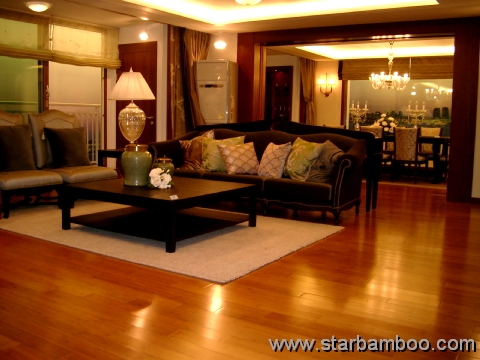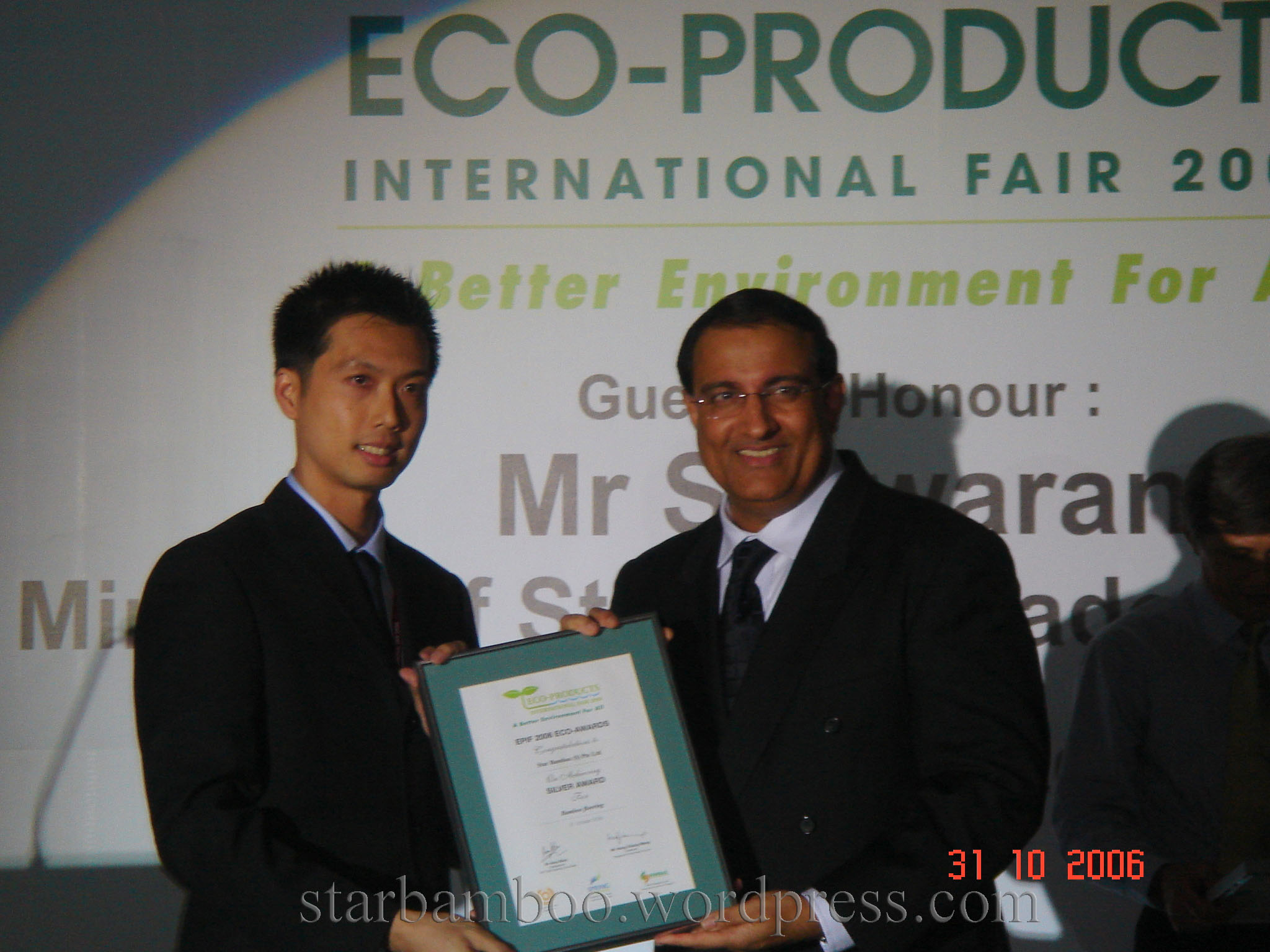Star Bamboo flooring in Les Amis Group’s The Canteen (Shaw Centre)
Star Bamboo’s eco-friendly bamboo flooring is an excellent choice for restaurants and cafes due to its superior hardness and durability compared to many species of hardwood.
Ceramic tiles might be somewhat easier to clean but can’t hold a candle to the natural feel and look of bamboo flooring.
Bamboo flooring is especially popular with Japanese and Asian restaurants which want to create an Oriental Zen atmosphere, but more and more designers and restaurateurs are discovering its unique charm.
So we were excited when Kay Ngee Tan Architects decided to use our bamboo flooring for their latest F&B creation: The Canteen by Les Amis Group which reopened last month after a two-year break.
I’ve always known Les Amis as a French restaurant, but they’ve branched out into all kinds of cuisine. The Canteen serves up fusion food combining influences from the East and West.
I popped by the other night for dinner, but business was so good we went to its next-door sister outlet, Canelé Pâtisserie Chocolaterie, instead (Canelé might be better known as a dessert place, but their pastas are not to be missed.).
The crowds also meant I couldn’t take a decent shot of the bamboo flooring (there’s always someone blocking the view), so here’s a snapshot from a popular Singapore foodie web site HungryGoWhere.com:

This project uses Star Bamboo’s Carbonised Vertical bamboo flooring. It comes factory-finished with 6 layers of polyurethane coating for excellent scratch and stain resistance (very handy in a busy restaurant!), and ease of maintenance.
As you can see from the photo, our bamboo flooring planks were also installed onto the ceiling and wall. I was especially delighted by the beautiful design on the ceiling.
This photo doesn’t quite do our bamboo flooring justice, so do check it out the next time you’re in Orchard Road. Here’s their opening hours and location:
The Canteen (newly opened beside Canelé Pâtisserie Chocolaterie)
1 Scotts Road
#01-01B Shaw Centre
Tel: 6738 2276
Sun-Thu: 11am-11pm
Fri, Sat: 11am-1am
(Information provided by food blog with delicious shots of the dishes)





